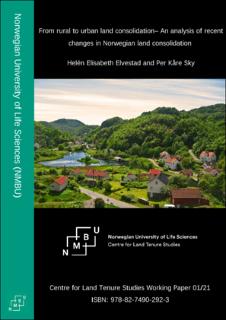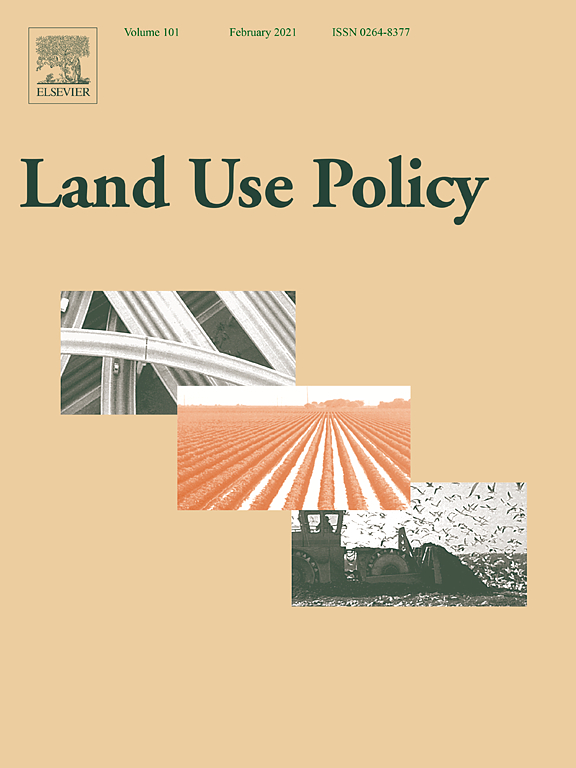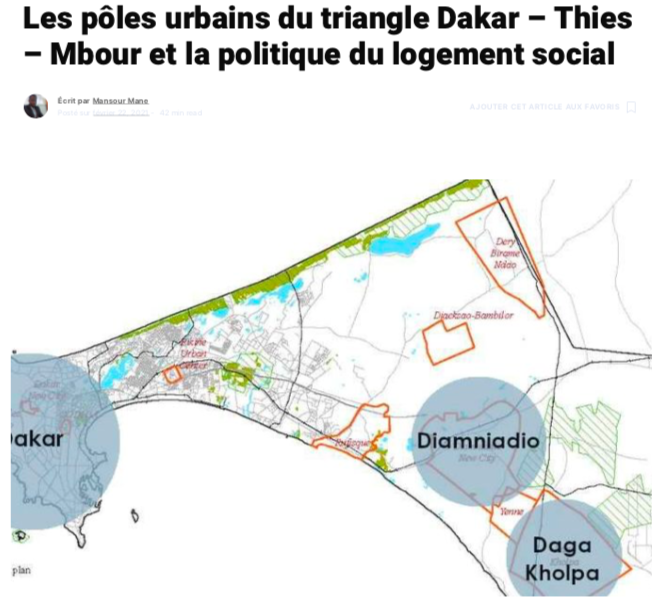Land Tenure Security and Health Nexus: A Conceptual Framework for Navigating the Connections between Land Tenure Security and Health
The rise of urban populations has rendered cities in both developed and developing countries vulnerable to poor health and diseases that are associated with urban living conditions and environments. Therefore, there is a growing consensus that while personal factors are critical in determining health, the urban environment exacerbates or mitigates health outcomes, and as such the solution for improving health outcomes in urban settings can be found in addressing socio-environmental factors that shape urban environments.




